
Zermatt Monthly Climate Averages
Near Zermatt there is the ski resort Zermatt - Matterhorn
To help you choose the best time to travel, you can find climate data below on the weather in Zermatt .
| Month | day |
night |
rain |
|
| January | +0.7 | -7.7 | 42 | 9.7h |
| February | +1.5 | -7.6 | 35 | 10.9h |
| March | +4.9 | -4.7 | 38 | 12.5h |
| April | +8.7 | -1.4 | 46 | 14.1h |
| May | +13.5 | +2.9 | 74 | 15.6h |
| June | +17 | +5.7 | 67 | 16.3h |
| July | +19.9 | +7.8 | 55 | 15.9h |
| August | +19.1 | +7.7 | 65 | 14.6h |
| September | +15.2 | +4.6 | 55 | 13h |
| October | +11.2 | +1.1 | 60 | 11.4h |
| November | +4.8 | -3.7 | 56 | 10h |
| December | +1.3 | -6.6 | 45 | 9.3h |
Temperature in Zermatt
The table shows that the hottest months in Zermatt are July and August, during which the average daytime temperature reaches +19.9°C and the nighttime temperature falls to +7.8°C.
The coldest months are January and December, when the daily average temperature falls to +0.7°C, and drops to -7.7°C during the night.
Best ski resorts :
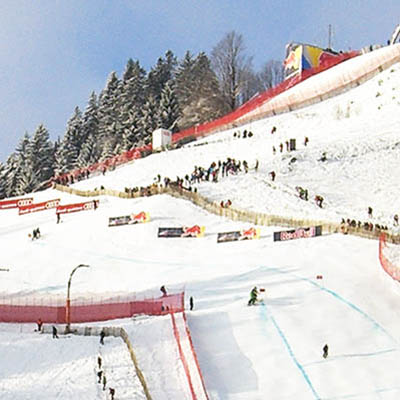
Kitzbuhel
Austria

Kufstein
Austria

St Anton am Arlberg
Austria
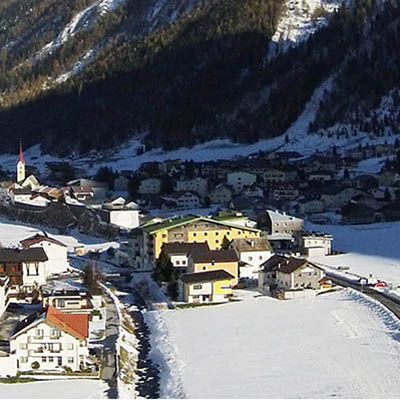
Galtur
Austria
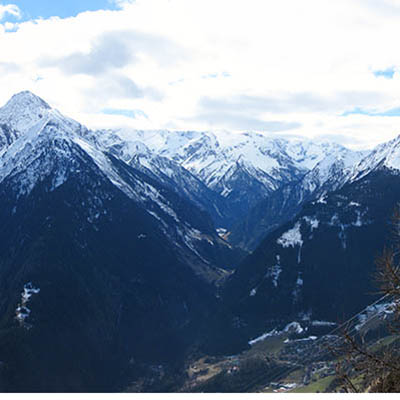
Mayrhofen
Austria

Prutz
Austria
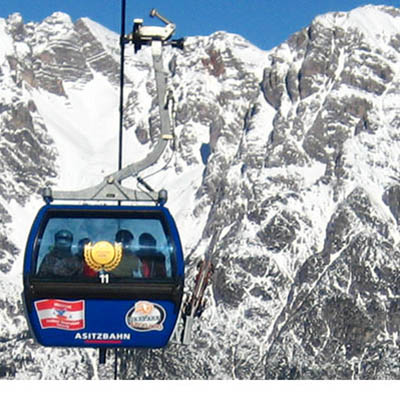
Saalbach-Hinterglemm
Austria
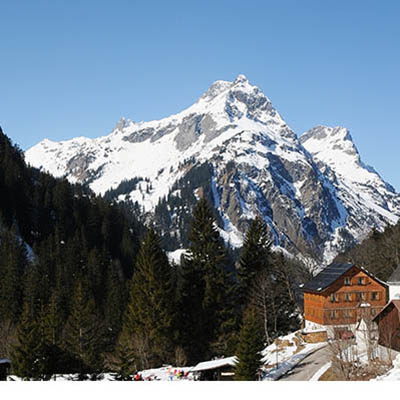
Schrocken
Austria
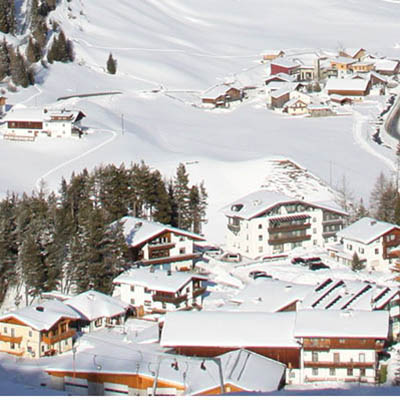
Umhausen
Austria
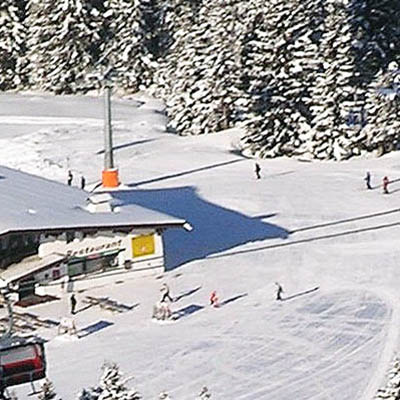
Zell am Ziller
Austria
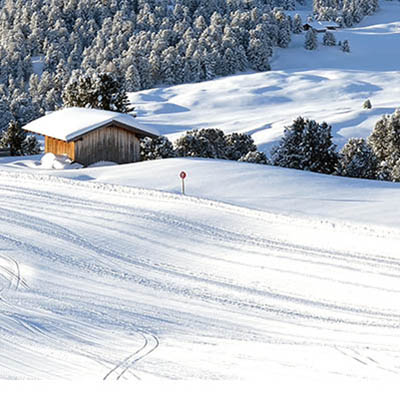
Val Gardena
Italy
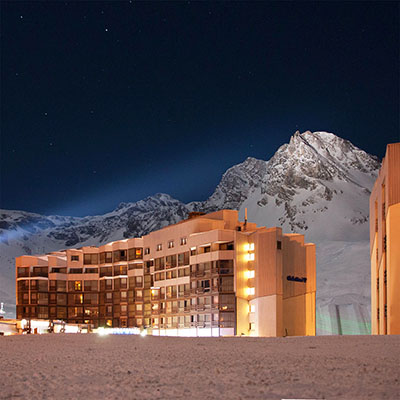
Tignes
France
Most Popular Destinations in the World
Precipitation
The largest amount of precipitation falls on average in May and June, up to 74mm, and the least in February and March — up to 35mm.
